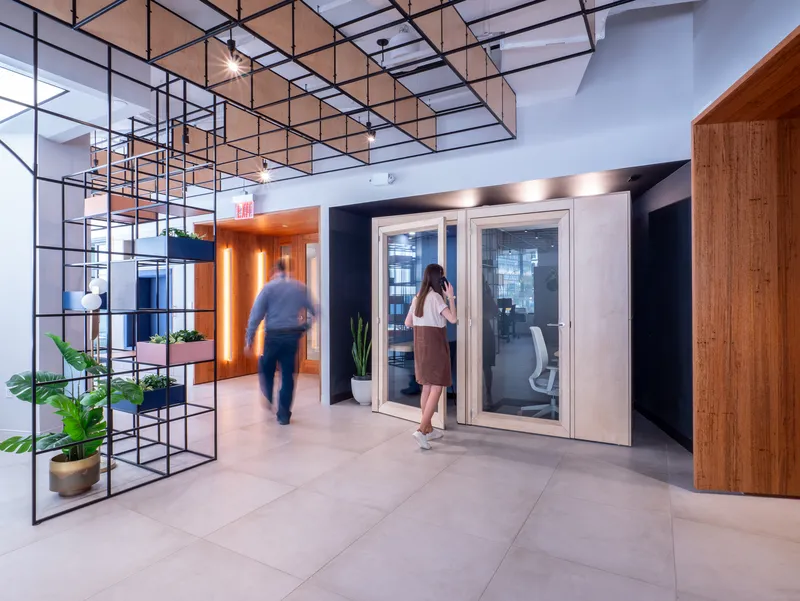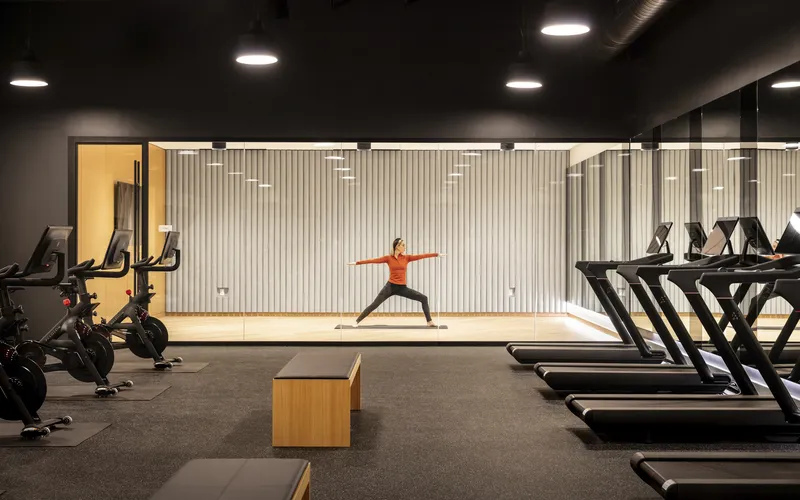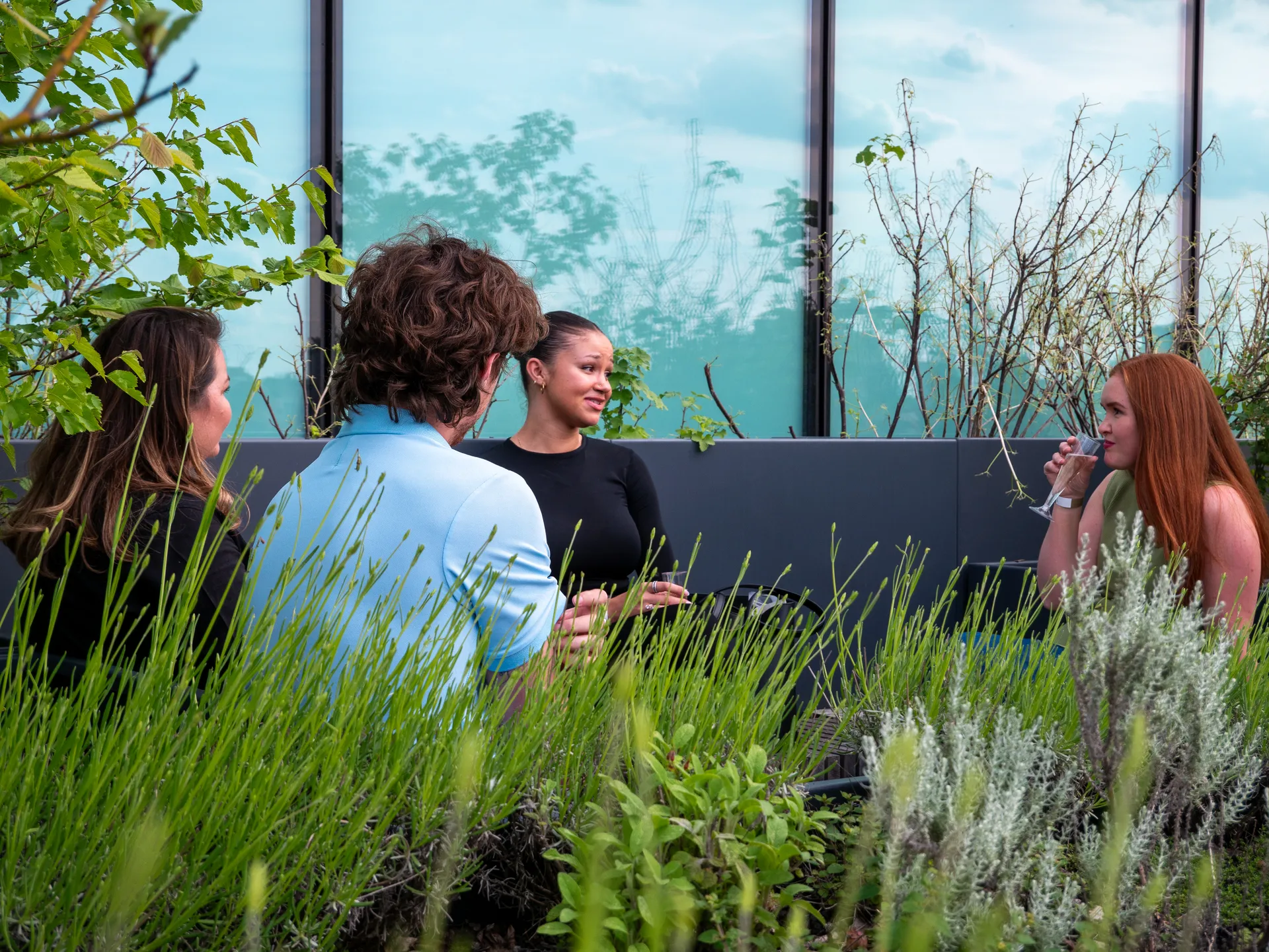
Sustainability Standards: Debunking the Myths, and the Actions You Can Take to Achieve them
As you may have read in our previous blogs, Spacestor are looking to increase knowledge on the important topic of sustainability, to make it easier for you to understand all of the certifications and which may be most appropriate to aim for, for your project.
In this blog, we will address some of the common misconceptions and frequently asked questions around the standards, so you can build and design towards them.
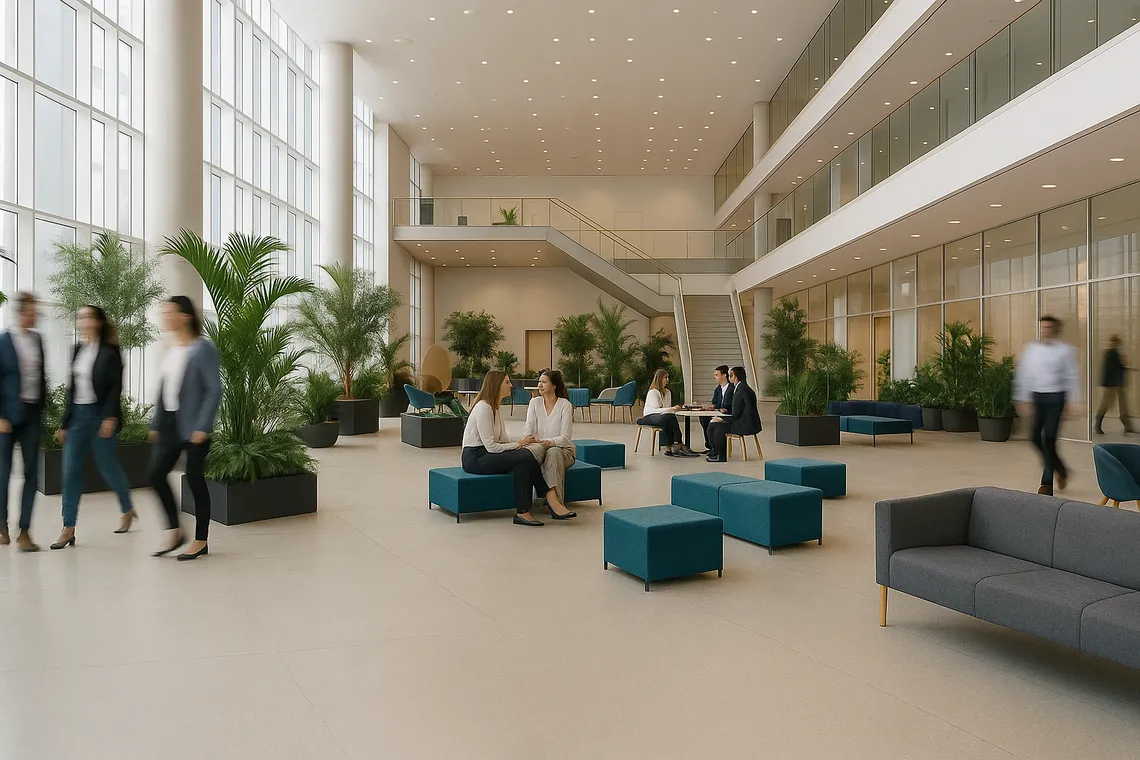
Do the certifications overlap?
Yes, these standards are created and maintained independently of one another, so there are many similarities between some categories.
The main points of difference to know, are that LEED and BREEAM are focused on the project and the overall environmental performance, while WELL is more product centric and the focus is on people and the effect on their mental health, comfort, nutrition etc.
Some projects do choose to go for more than one standard, but it can be complicated when specifying for such a project, to ensure that elements will meet requirements of multiple standards, especially when there are similar but nuanced criteria points.
Who checks compliance of sustainability standards?
For both WELL and LEED, there are Accredited Professionals (AP), who can give a fair assessment. Third party assessors then send their report to be verified and moderated, to ensure fairness across the scheme.
How often does a project need to get recertified?
WELL has to be recertified every three years, and often in this time, there will be changes or updates to the standard, so the focus could change over time.
LEED usually has to be recertified every five years, for Operations and Maintenance certification, ensuring that the project is both built green and operating green over time.
Living Building Challenge (LBC) is performance based and requires proof after 12 months of operation of a new building or project.
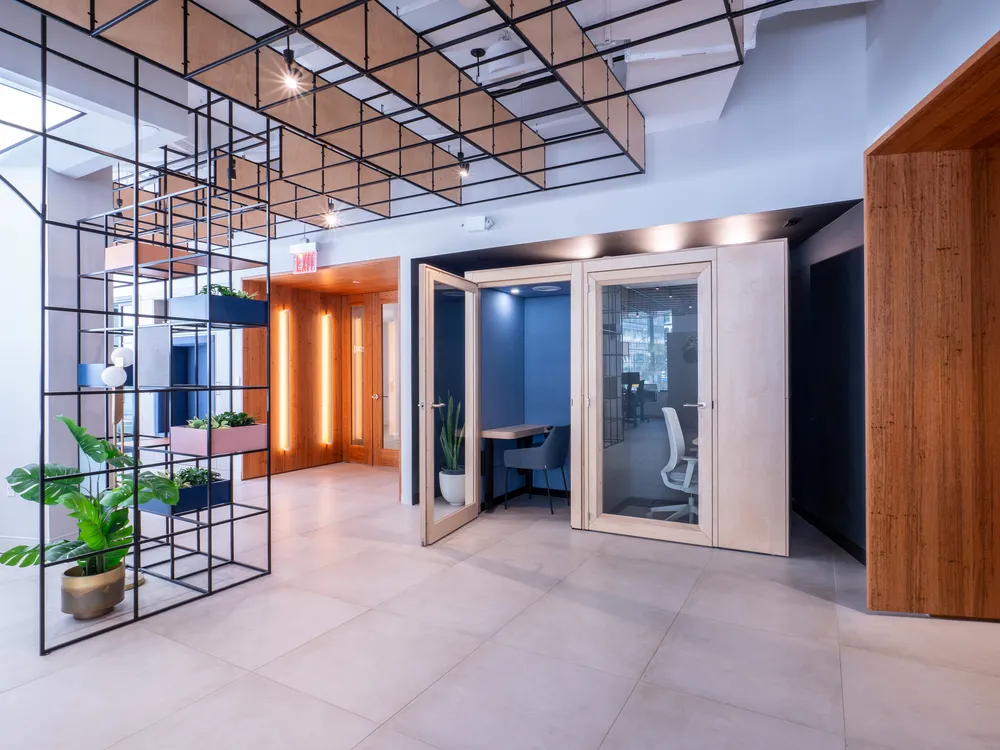
How do I know a piece of furniture is certified?
A piece of furniture cannot be certified for one of the standards!
They can contribute to WELL, LEED or BREEAM points, or be compliant with the standards, but pieces of furniture cannot guarantee any certification.
How does a piece of furniture contribute to certification?
This list is not exhaustive but some of the ways in which furniture can contribute are:
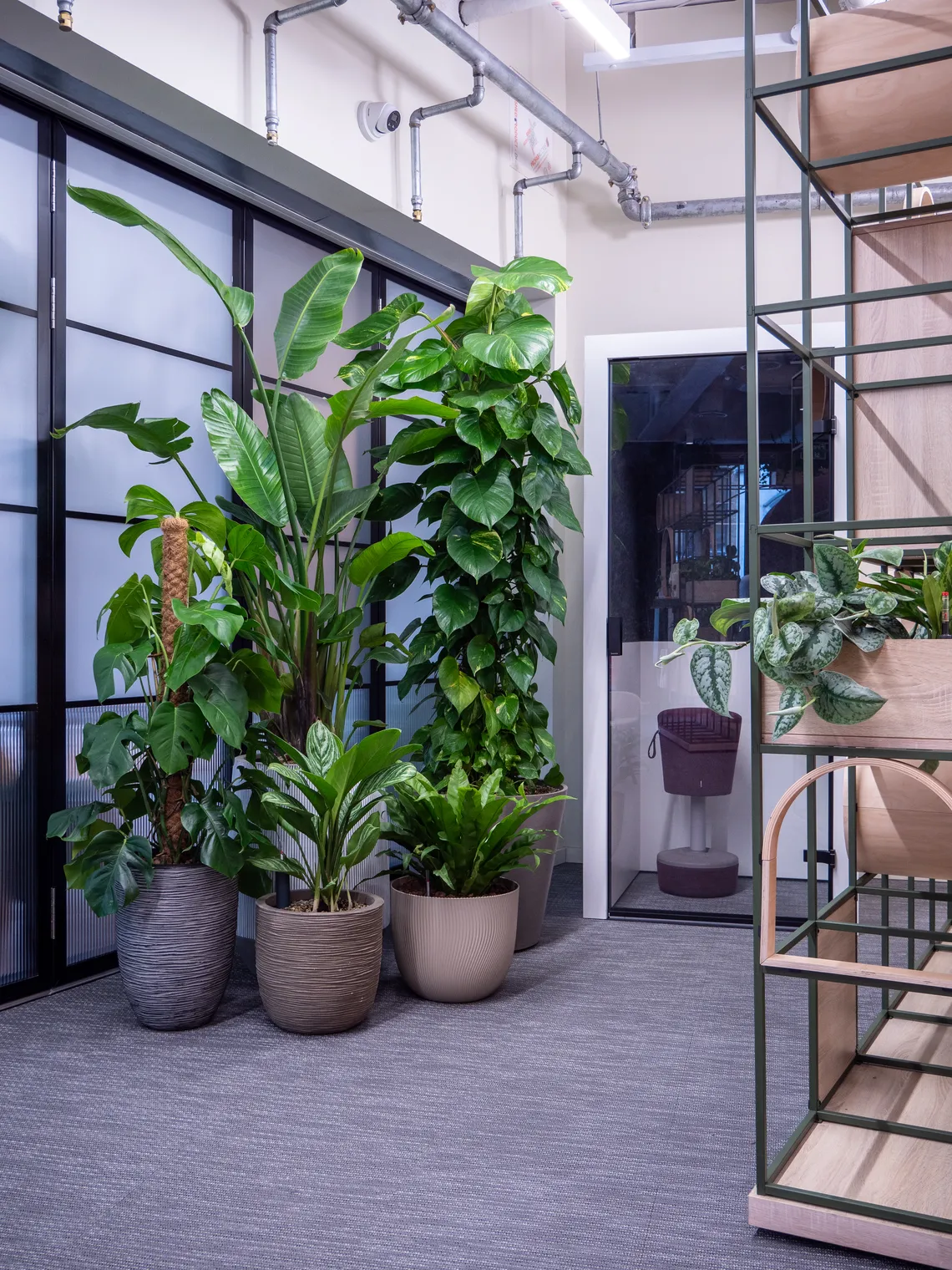
How can I tell from a supplier website, if they are compliant?
Companies that have looked into the details on their products to ensure that they meet certain sustainability standards, will have information about Declare labels and detailed EPDs readily available on their website.
They should be willing to send you any such proof that you need for designing sustainably.
Are standards the same across the world?
Good question – there are some regional variances. We’d advise that you check what the requirements and possibilities are for your specific region if you are looking to get a project certified.
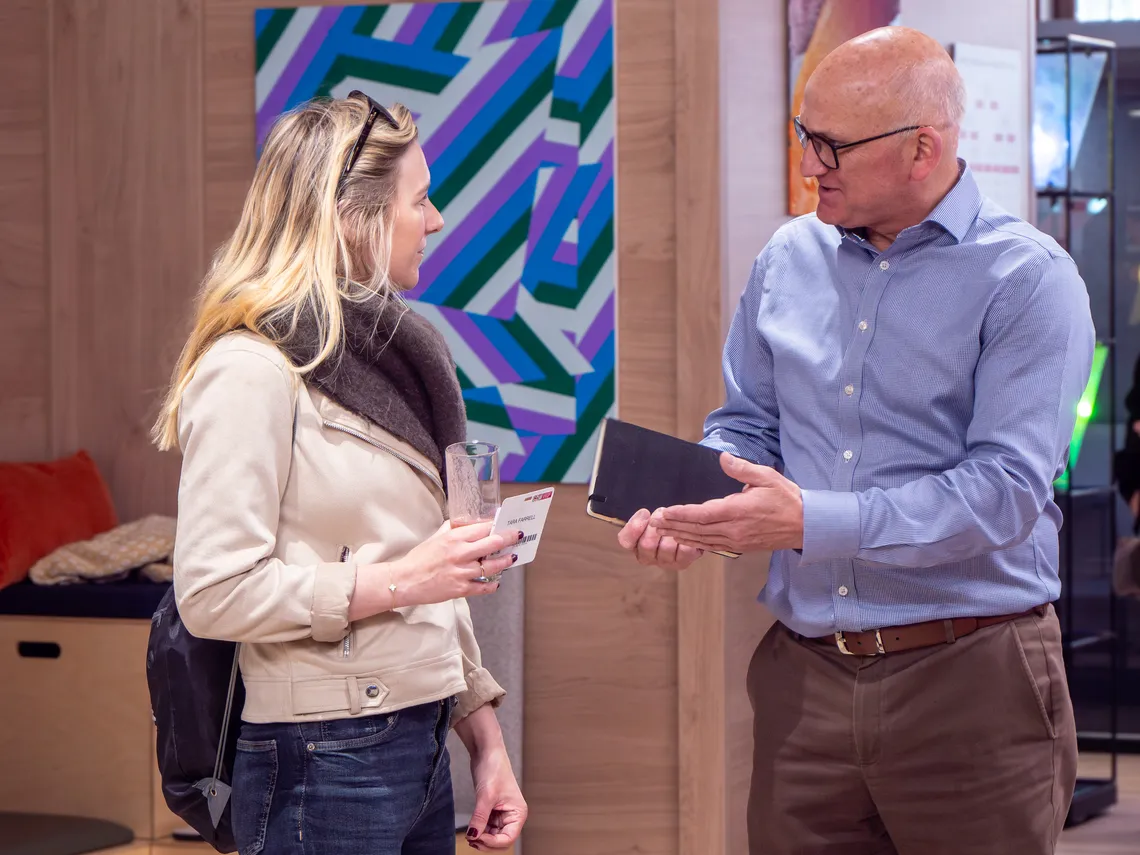
What actions can you take when designing and specifying to achieve sustainability standards?
Below are some actions listed against each of the sections relating to the furniture industry, from WELL, LEED and BREEAM. These actions not only assist in getting points and credits, but contribute to the workplace being a healthier and more comfortable place to work, as well as being more sustainable and eco-friendly.
Actions you can take to contribute to the following credit sections:
LEED Materials & Resources:

